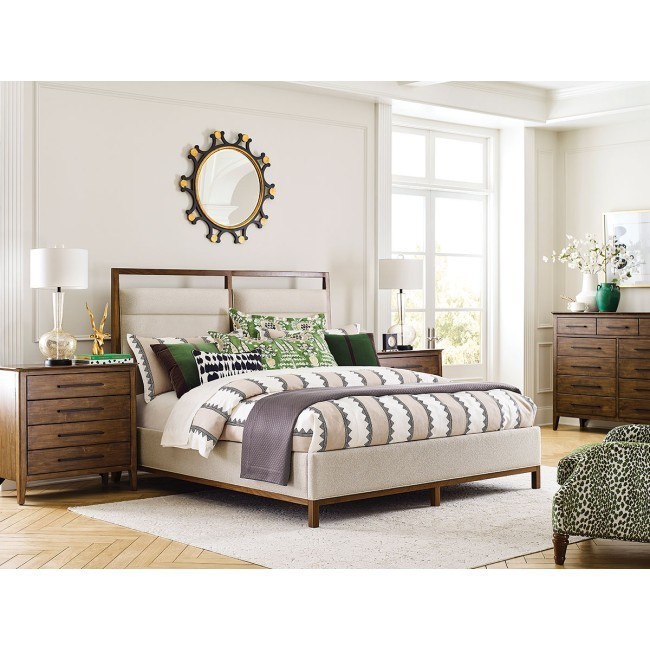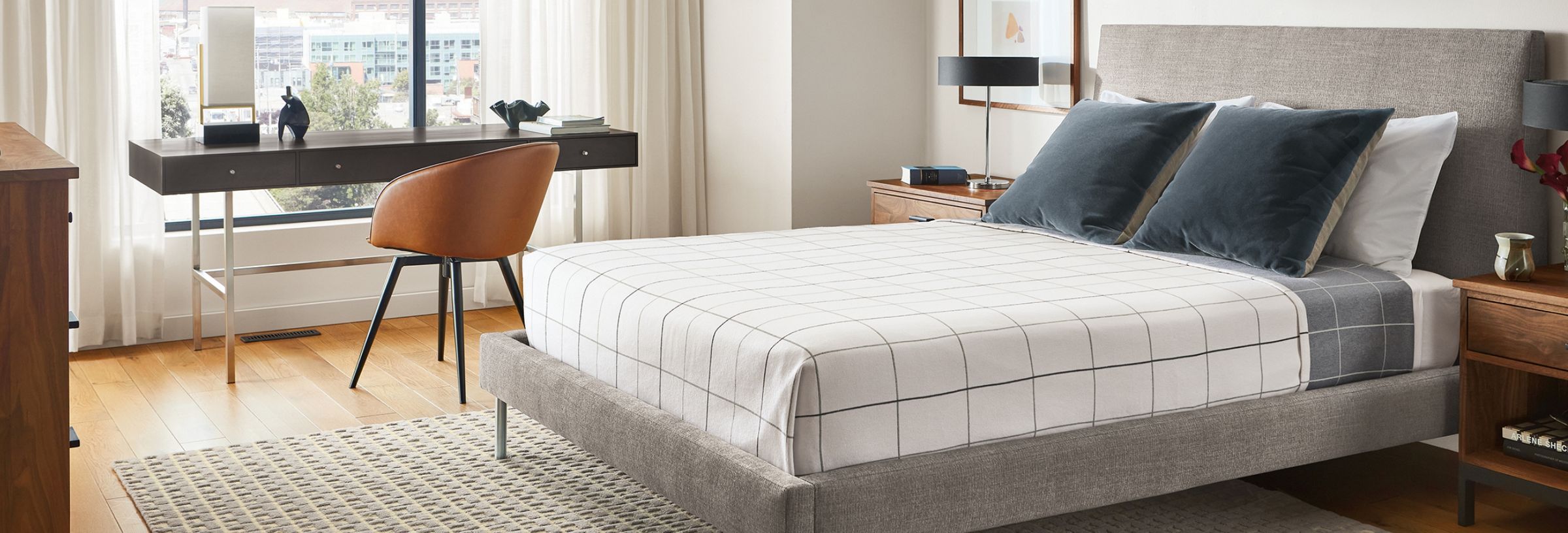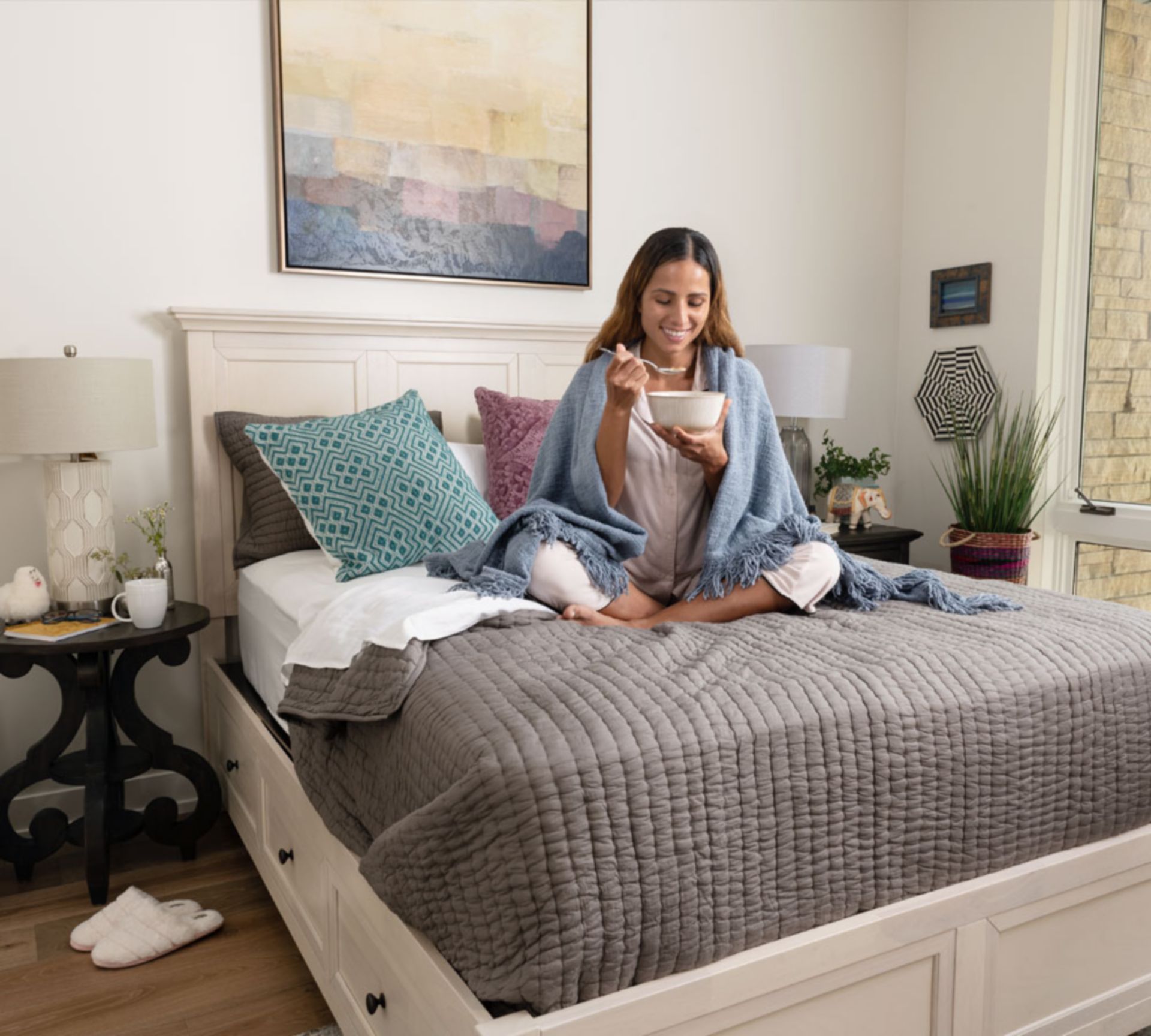All Categories
Featured
When enhancing a home, picking the ideal furniture design plays a vital role in shaping the setting of a space. 2 of the most popular furnishings designs are contemporary and traditional, each with its special attributes.
Conventional Furniture: Conventional furniture welcomes ornate designs, detailed makings, and classic types influenced by past historic durations. Typical furniture has an official, advanced look, and the focus is on great workmanship.
![]()
Standard Furniture: Standard furniture is understood for its usage of rich, high-quality materials such as solid wood, natural leather, and natural fabrics. Pieces are frequently built from hardwoods like cherry, mahogany, or oak, which are diligently crafted to develop complex details and coatings. Standard furnishings surfaces have a tendency to be sleek and dark, offering pieces a sense of weight and high-end. Upholstery typically includes rich materials like velvet, silk, or brocade, which add to the luxury and comfort of standard styles.
Conventional Furniture: Conventional furniture often makes use of deeper, richer colors that evoke a feeling of heat and beauty. Furthermore, patterns are often made use of in conventional furniture, such as floral prints, stripes, or damask, adding deepness and structure to the space's style.
![]()
Typical Furniture: While comfort is essential in traditional furnishings, it is not always the primary focus. Conventional furniture stresses high-end and style, often featuring supported seats and thick furniture. The emphasis on craftsmanship and style makes certain that items are not just comfy but also visually striking. Traditional furniture is developed to last and commonly includes heavy, sturdy building. The convenience of traditional furniture is extra about producing an inviting and classic room than making best use of versatility and multi-functionality.
![]()
Typical Furnishings: Standard furniture has a tendency to stick out extra in an area as a result of its traditional and elaborate design aspects. It works well in even more formal settings, such as a traditional living-room, a research study, or a dining-room. While it can be combined with modern elements for an upgraded appearance, traditional furnishings generally maintains its very own identity and can feel dominant within an area. This design typically thrives in big, stately areas with a sense of magnificence.
Conventional Furniture: Standard furnishings is built to last and never goes out of design. For home owners looking for withstanding, timeless furniture that keeps its value and charm, standard items are an excellent investment.
Final thought. Ultimately, the selection between standard and contemporary furniture comes down to your individual choices and the type of environment you wish to produce in your home. Contemporary furnishings is sleek, useful, and versatile to existing fads, while standard furniture is ageless, luxurious, and concentrated on elaborate details. By understanding the essential distinctions in between these two styles, you can better curate a home that reflects your preference, lifestyle, and the atmosphere you desire.
- Style and Shape. Contemporary Furniture: Contemporary furnishings is known for its smooth, minimal styles that focus on simplicity and capability. The lines are usually tidy and sharp, with a focus on geometric forms and smooth, smooth surface areas. This design shows the fads of today and is ever-evolving. Therefore, modern furniture can combine components from various durations, making it extremely versatile. Usual attributes include low-profile styles, open spaces, and furnishings that tends to have a streamlined look.
Conventional Furniture: Conventional furniture welcomes ornate designs, detailed makings, and classic types influenced by past historic durations. Typical furniture has an official, advanced look, and the focus is on great workmanship.

- Materials and Finishes. Contemporary Furniture: Contemporary furniture utilizes a varied array of products, including timber, glass, steel, acrylic, and in some cases leather. While modern furniture does consist of wood, the materials often tend to be lighter and less luxuriant contrasted to typical items.
Standard Furniture: Standard furniture is understood for its usage of rich, high-quality materials such as solid wood, natural leather, and natural fabrics. Pieces are frequently built from hardwoods like cherry, mahogany, or oak, which are diligently crafted to develop complex details and coatings. Standard furnishings surfaces have a tendency to be sleek and dark, offering pieces a sense of weight and high-end. Upholstery typically includes rich materials like velvet, silk, or brocade, which add to the luxury and comfort of standard styles.
- Color Scheme. Contemporary Furnishings: Contemporary furniture embraces neutral, downplayed shades, with tones like white, gray, black, and beige typically featured. These shades aid produce a spacious, airy feeling that enables flexibility in decorating. Vibrant accent shades are frequently incorporated to make a statement, such as intense toss pillows, carpets, or artwork. The color combination in modern furnishings is typically kept easy to enable various other design elements to radiate, creating a balanced and cohesive area.
Conventional Furniture: Conventional furniture often makes use of deeper, richer colors that evoke a feeling of heat and beauty. Furthermore, patterns are often made use of in conventional furniture, such as floral prints, stripes, or damask, adding deepness and structure to the space's style.
- Convenience and Performance. Contemporary Furnishings: Capability is a central component of contemporary furniture. Contemporary furnishings likewise has a tendency to have less decoration, which allows it to mix flawlessly right into different kinds of rooms without subduing the area.

Typical Furniture: While comfort is essential in traditional furnishings, it is not always the primary focus. Conventional furniture stresses high-end and style, often featuring supported seats and thick furniture. The emphasis on craftsmanship and style makes certain that items are not just comfy but also visually striking. Traditional furniture is developed to last and commonly includes heavy, sturdy building. The convenience of traditional furniture is extra about producing an inviting and classic room than making best use of versatility and multi-functionality.
- Style Combination. Contemporary Furniture: Contemporary furniture is made to fit with the fads of the moment, and consequently, it works well in minimalist and modern-day rooms. It blends easily with a selection of indoor design styles, from mid-century modern to scandinavian and commercial. Because modern furniture embraces simplicity, it can additionally be combined with even more typical pieces to create an eclectic look. Its versatility enables it to function well in open-plan designs and more small home.

Typical Furnishings: Standard furniture has a tendency to stick out extra in an area as a result of its traditional and elaborate design aspects. It works well in even more formal settings, such as a traditional living-room, a research study, or a dining-room. While it can be combined with modern elements for an upgraded appearance, traditional furnishings generally maintains its very own identity and can feel dominant within an area. This design typically thrives in big, stately areas with a sense of magnificence.
- Long life and Timelessness. Contemporary Furniture: Contemporary furnishings, because of its connection to present layout patterns, can occasionally feel dated as trends evolve. Its tidy, minimalist aesthetic and use of top quality products typically guarantee it remains relevant for several years, specifically when it concentrates on classic modernist elements. While contemporary furnishings may not have the very same historic weight as conventional items, it can still stand the examination of time via its adaptability and recurring adaptation to brand-new patterns.
Conventional Furniture: Standard furnishings is built to last and never goes out of design. For home owners looking for withstanding, timeless furniture that keeps its value and charm, standard items are an excellent investment.
Final thought. Ultimately, the selection between standard and contemporary furniture comes down to your individual choices and the type of environment you wish to produce in your home. Contemporary furnishings is sleek, useful, and versatile to existing fads, while standard furniture is ageless, luxurious, and concentrated on elaborate details. By understanding the essential distinctions in between these two styles, you can better curate a home that reflects your preference, lifestyle, and the atmosphere you desire.
Latest Posts
Don’t Miss Special Auto Repair Specials in Chicago at Montclare Auto Repair
Published en
1 min read
Safeguard Your Investment with Professional Gutter Installment
Published en
1 min read
Discover the Storied Past of Deauville Inn: From Speakeasy to Seafood Haven
Published en
2 min read
More
Latest Posts
Don’t Miss Special Auto Repair Specials in Chicago at Montclare Auto Repair
Published May 25, 25
1 min read
Safeguard Your Investment with Professional Gutter Installment
Published May 22, 25
1 min read
Discover the Storied Past of Deauville Inn: From Speakeasy to Seafood Haven
Published May 20, 25
2 min read